In the age of social media, it’s more important than ever for teens to learn how to fact check the information they consume. With a few simple tips, they can become media savvy consumers who can spot fake news and misinformation.
What is fake news?
With so much information at their fingertips, it can be hard to know what’s real and what’s fake. Here are some tips on how to teach your teen to fact check media: In the age of social media, it’s more important than ever for teens to learn how to fact check the media they consume.
1. Help them understand the difference between news and opinion.
2. Teach them how to spot fake news stories.
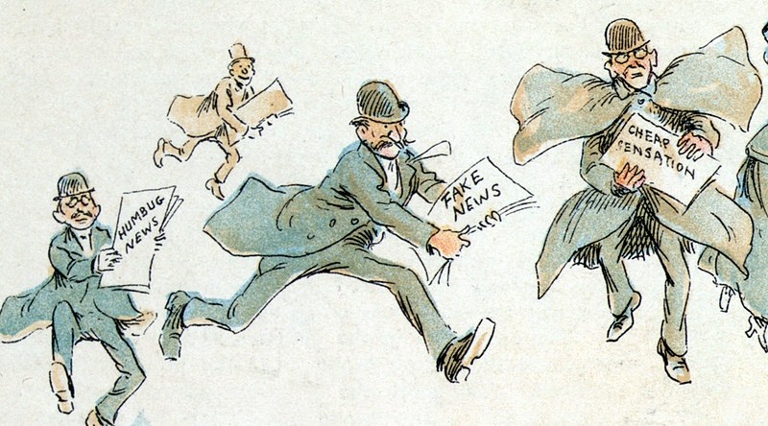
3. Show them how to use fact-checking websites.
4. Encourage them to ask questions and think critically about the information they’re consuming.
What kind of information is considered fake news?
In a world where anyone can publish anything online, it’s more important than ever for teens to learn how to fact check the information they consume. With a few simple tips, they can learn to spot fake news and avoid being misled.
First, it’s important to understand what fake news is. Fake news is any information that is false or deliberately misleading. It can be spread by individuals, groups, or even entire organizations.
First, check the source. If multiple sources all say the same thing, it’s more likely to be true. However, if the only sources for a story are from people with a vested interest in the story, be skeptical. If the source is unreliable or biased, the information is likely to be fake. Second, look for other sources that confirm the information. There are a few ways to spot fake news.
If a story sounds too good to be true, or if it’s from a source you don’t trust, it’s probably fake news. Finally, use your common sense. Don’t be afraid to do a little research to confirm the story before you share it.
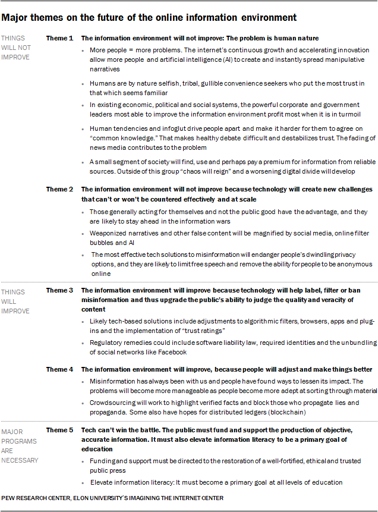
By teaching teens to fact check the information they consume, we can help them avoid being misled by fake news.
Who creates fake news?
It’s important to be able to identify these fake news creators so that you can avoid being misled. Unfortunately, there are people who create fake news, either for profit or to further their own agenda. In the age of social media, it’s important for everyone, but especially teens, to be able to fact check the media they consume.
How has technology affected the rise of fake news?
With the rise of social media, it’s easier than ever for false information to be shared and spread quickly. This can have serious consequences, such as influencing the outcome of an election. In recent years, the spread of fake news has become a major concern, especially among young people.
Here are a few tips: So how can we teach teens to fact check the media they consume?
Encourage them to question everything they read or see. Just because something is on the internet doesn’t mean it’s true.
These can help them determine if a story is true or false. Show them how to use fact-checking websites like Snopes or PolitiFact.
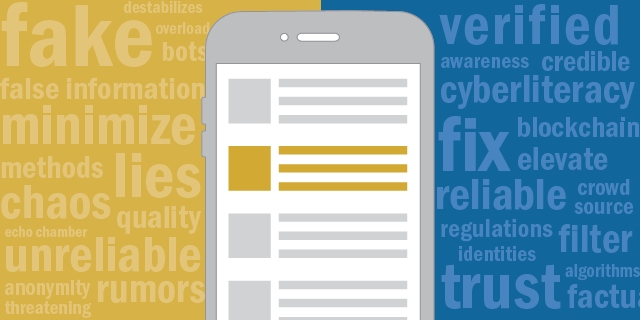
Often, fake news stories will have sensationalized headlines in order to get clicks. Teach them to be skeptical of headlines.
Encourage them to think about the source of a story. Is it a reputable news outlet? Or is it a website that you’ve never heard of before?
Finally, remind them that they can always ask you or another trusted adult for help if they’re unsure about something they’ve seen online.
How to recognize fake news?
In a world where anyone can be a publisher, it’s more important than ever for consumers of media to be able to discern between what is real and what is fake. Here are a few tips on how to recognize fake news: Unfortunately, fake news is becoming more and more common, and it can be difficult to spot.
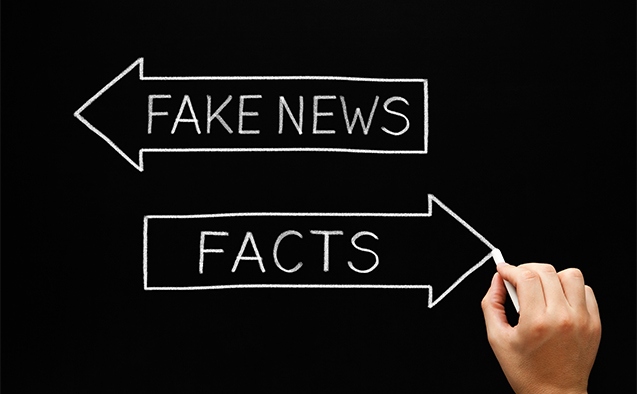
1. Check the source. If they are a reputable news source, they will likely have an About page that outlines their editorial standards. If you’re unsure about the credibility of a news source, take a look at their About page or do a quick Google search.
2. Be skeptical of headlines. Headlines are designed to grab attention, but sometimes they can be misleading. Always read the article before sharing it to make sure the headline accurately reflects the content.
3. Look for red flags. If an article seems to be full of errors, or if it uses loaded language, it may be fake news. Be especially wary of articles that contain sensationalized or inflammatory language.
If you can’t find it anywhere else, that’s a red flag. 4. Check for other sources. If you’re still unsure about an article, try searching for it on a different website.
A little extra effort can go a long way in helping to spread accurate information. Don’t be afraid to take a few extra minutes to fact-check an article before you share it. 5. Take your time.
1. Be skeptical of headlines.
1. Be skeptical of headlines.
2. Check the source.
3. See if the article is from a reputable news site.
4. Check for other articles on the same topic.
5. See if the article has been fact checked by a third party.
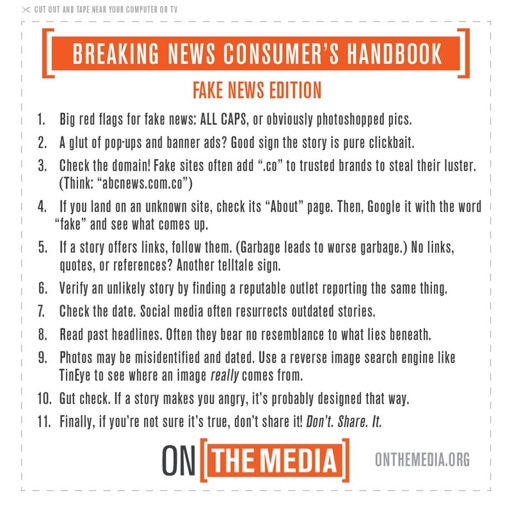
6. Take everything with a grain of salt.
2. Look closely at the link.
When looking at a media source, it is important to consider the source’s credibility. Check to see if the source is an expert on the topic, if they have a good reputation, and if they have a history of being accurate. Also, look at the date of the article to make sure the information is still relevant.
3. Investigate the source.
That means that it’s up to the consumer to make sure that the things they’re reading, watching, and listening to are accurate. When it comes to media consumption, one of the most important things for teens to learn is how to fact check the sources. With the internet, it’s easy for anyone to publish anything they want, without having to go through any kind of vetting process.
Are they an expert on the topic? If you’re seeing something on social media, take a look at the profile of the person who posted it. Do they seem like a reliable source of information? Or are they just someone with an opinion? One way to do this is to investigate the source.

Checking the source can help you determine how much weight to give the information. Or is it a blog that anyone can write for? Is it a reputable news site? If you’re reading an article online, take a look at the website it’s published on.
It can also help you understand different points of view on a topic, and see where the information is coming from. Investigating the source is also a good way to find out more about a topic. If you’re interested in learning more about something, looking at the sources can help you find reliable information.
It’s a skill that they can use throughout their lives, to make sure that they’re getting accurate information. Teaching teens to investigate the sources of the information they consume is an important part of helping them become media literate.
4. Watch for unusual formatting.
One way to help them do this is by teaching them to look out for unusual formatting. This can include things like typos, incorrect grammar, and unusual spacing. When it comes to media consumption, it’s important for teens to be able to identify fake news. By teaching teens to look for these red flags, they’ll be better equipped to identify fake news when they see it.
5. Consider the photos.
It’s important that we teach our teens to be critical of the images they see and to question what they’re being shown. When it comes to the media, we are constantly bombarded with images- whether it’s through ads, news, or social media.
Are they real or staged? If they’re real, what do they actually show? One way to do this is to have them consider the photos that are being used. Are they being used out of context?
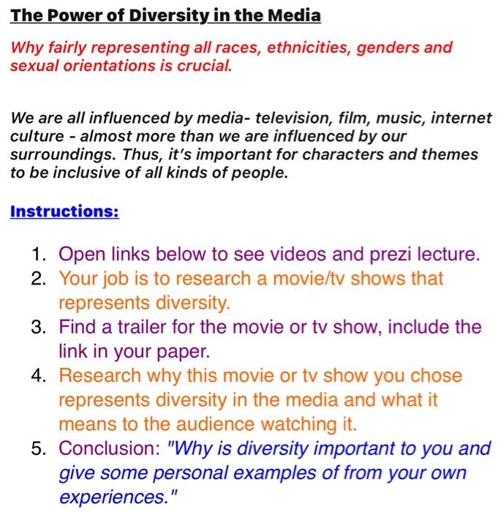
Asking these questions can help teens to start to see the media with a more critical eye and to start to question what they’re being shown.
6. Inspect the dates.
This is important for two reasons. This includes inspecting the dates on articles, videos, and other content. When it comes to media consumption, one of the most important things for teens to learn is how to fact check. Second, it helps to prevent the spread of false or outdated information. First, it helps to ensure that the information is accurate and up-to-date.
Then, have them find the date and compare it to the current date. If the content is more than a few days old, they should research whether or not the information is still accurate. One way to help teens learn how to inspect dates is to have them choose a news article or video to watch or read. If it is outdated, they should find a more recent article or video on the same topic.
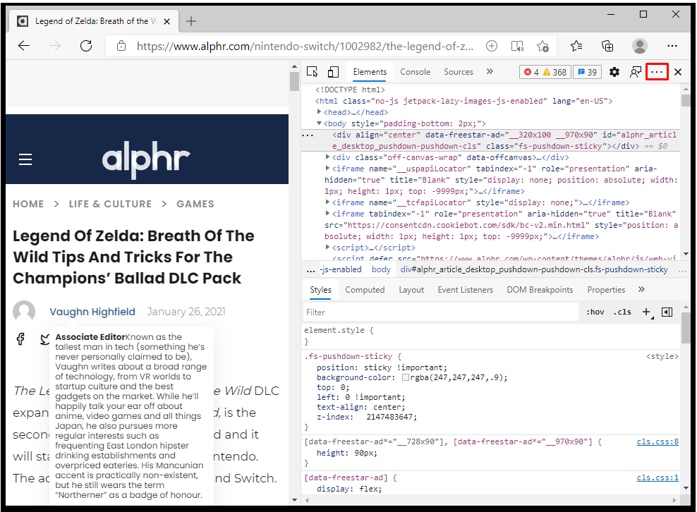
If an article or video is from a few days ago but claims to be from a different year, that is also a red flag. If an article or video has no date at all, that is a major red flag. Another way to help teens learn how to inspect dates is to have them choose an article or video that they think is fake news. Then, have them find the date and see if they can spot any red flags. For example, if an article or video is from a few years ago but claims to be recent, that is a red flag.
Teaching teens how to inspect dates is important for helping them to consume media responsibly. By teaching them how to spot red flags, they can avoid spreading false or outdated information.
7. Check the evidence.
However, there are a few things that can be done to encourage this behavior. There is no one answer to the question of how to get teens to check the evidence before accepting something they read or see.
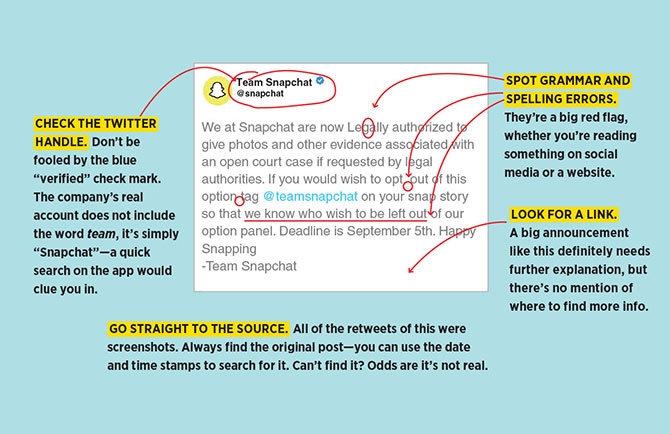
One way to encourage teens to check the evidence is to model the behavior yourself. This will show your teen that it’s important to you to be informed and that you’re not just accepting everything you read at face value. When you come across something online that you’re not sure about, take the time to look into it and see if it’s true.
Explain to them why it’s important to make sure that the information they’re consuming is accurate. Help them to understand that not everything they see online is true and that it’s important to question what they read and see. Another way to encourage teens to check the evidence is to talk to them about the importance of doing so.
Show your teen how to use these resources so that they can check the accuracy of what they’re seeing for themselves. There are a number of fact-checking websites that can be helpful in this regard. Finally, you can also encourage teens to check the evidence by providing them with resources that they can use to do so.
8. Look at other reports.
What other factors might be influencing the report? What is the source’s bias? Is the source credible? When looking at other reports, it is important to consider the source.
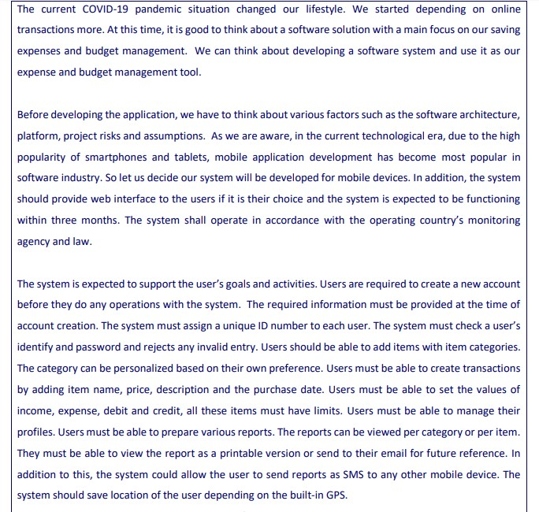
It is also important to look at multiple sources to get a well-rounded view of a story. Don’t just rely on one source for your information.
9. Is the story a joke?
However, if you are concerned that the story may be a joke, there are a few things you can do to fact check it. If it has, then it is probably a joke. However, if the story is only being covered by one source, or if the source is not reputable, then it is more likely that the story is a joke. First, see if the story is being covered by multiple reputable sources. If it is, then it is likely that the story is true. There is no one answer to this question as it depends on the story in question. You can also try Googling the story to see if it has been debunked by any fact-checking sites.
10. Some stories are intentionally false.
If the story is designed to sell a product or to promote a political agenda, it’s more likely to be false. Some stories are intentionally false, and it’s important for teens to be able to identify these stories. First, they should be aware of the source of the story. If the story comes from a reliable source, it’s more likely to be true. Second, they should look at the content of the story. If the story seems too good to be true, or if it contains information that is contradicted by other sources, it’s more likely to be false. There are a few ways to help teens identify false stories. Finally, they should consider the motives of the people involved in the story. If the story is from an unreliable source, or if the source is unknown, it’s more likely to be false. However, even reliable sources can get things wrong, so it’s important to check multiple sources.
Teach Teens To Fact Check: How Your Students Can Confidently Verify News Sources
In the age of “fake news”, it’s more important than ever to teach your students how to fact check the media they consume. There are a few simple steps they can take to ensure they are getting accurate information.
First, they should check the source. If not, they should be skeptical of the information. Is it a reputable news outlet?
A simple Google search can often reveal a variety of perspectives on a story. Second, they should look for other sources that confirm or deny the information.
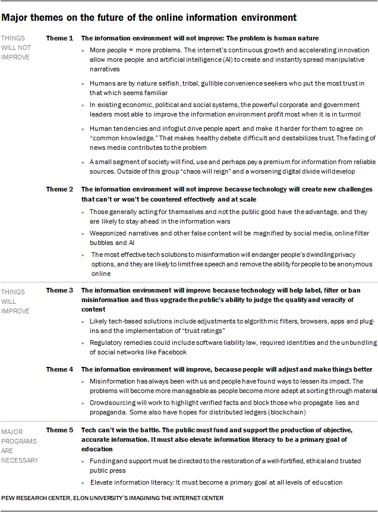
If something sounds too good to be true, it probably is. Finally, they should use their own common sense and critical thinking skills. If they are unsure about something, they should ask a trusted adult for help.
By teaching your students how to fact check, you can help them become more informed and discerning consumers of information.
How To Teach Teens to Fact Check Media: Key Takeaways:
With a few simple tips, you can help your teen become a media savvy consumer. In a world where anyone can be a publisher, it’s more important than ever for teens to learn how to fact check the media they consume.
Here are key takeaways on how to teach your teen to fact check media:
-Encourage them to question everything they read, see, or hear
-Teach them to look for multiple sources of information
-Help them learn to identify bias and spin
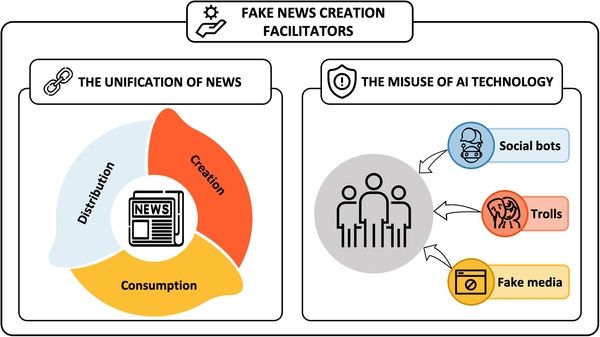
-Show them how to use fact checking websites and resources
With these tips, you can help your teen become a media literate consumer who is able to navigate the ever-changing landscape of information.
Frequently Asked Questions
1. What is the best way to teach teens to fact check media they consume?
There is no one answer to this question as different teens will respond to different approaches. However, some tips on how to teach teens to fact check media they consume include:
-Encouraging them to question everything they read, see, or hear
-Helping them to identify reliable sources of information
-Teaching them how to use fact-checking tools like Google search and Snopes
2. Why is it important for teens to learn how to fact check media?
In today’s world, it’s more important than ever for people of all ages to be able to critically consume media. This is especially true for teens, who are often the target of misinformation and fake news. Learning how to fact check media can help teens to avoid being misled, and can also help them to become more discerning consumers of information.
3. What are some of the most common sources of misinformation for teens?
There are many sources of misinformation for teens, but some of the most common include social media, fake news websites, and clickbait articles.
4. How can teens tell if a source is reliable?
There are a few things to look for when trying to determine if a source is reliable, including:
-Checking to see if the source is credible (i.e. does it have a good reputation?)
-Seeing if the source is biased (i.e. does it have an agenda?)
-Looking at the evidence the source provides (i.e. are the claims backed up by facts?)
5. What are some of the best fact-checking tools for teens?
There are a number of different fact-checking tools available, but some of the best for teens include Google search, Snopes, and Factcheck.org.
Final thoughts
As a society, we are consumed by media. It’s important that we teach our children how to be critical consumers of media. We need to teach them how to fact check the media they consume.
There are a few simple steps we can take to teach our children to be critical consumers of media. We can start by teaching them to question everything they see and read. We can also teach them to look for multiple sources of information. And finally, we can teach them to use reliable sources to check the accuracy of the information they’re consuming.
If we can teach our children to be critical consumers of media, we can help them make better decisions in their lives.